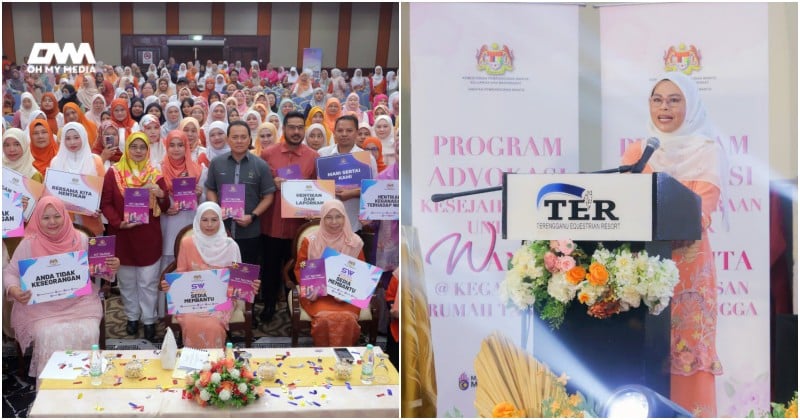PUTRAJAYA, July 16 — Home Minister Datuk Seri Saifuddin Nasution Ismail today said that drug-related offences remain the most common crimes linked to national border security, based on findings from the National Border Security Index (IKSN).
He said an analysis of 1.2 million crime records found that three key offences under the Dangerous Drugs Act dominated the data: Section 15(1) for drug consumption, Section 12(2) for small-scale possession, and Section 39C for repeat drug offences “However, Section 39C in particular carries a mandatory sentence of five years’ imprisonment and two strokes of the cane, with no further investigation required upon conviction following a urine test confirmation,” he told reporters in a press conference here today.
He also said individuals arrested under Section 15(1) of the Dangerous Drugs Act — for drug consumption — were statistically more likely to be involved in up to 31 other types of criminal activity, including abduction, extortion, theft, and bribery.
Meanwhile, those arrested under Section 12(2) — for small-scale drug possession — were found to have links to up to 11 other criminal offences.
“In other words, to solve other crimes in our country, we need to solve the drug problem first,” he said.
Saifuddin added that authorities are monitoring 12 categories of border-related crimes and threats under the IKSN.
These include human trafficking, arms smuggling, drug trafficking, smuggling of contraband goods, wildlife trafficking, illegal logging, terrorism, cybercrime, kidnapping for ransom, sea piracy, illegal fishing, and biosecurity threats.
He said the data used for IKSN is compiled through a “club system”, in which agencies contribute information based on specific indicators.
“It’s not just the police and immigration involved. Every agency with a role in border security is part of the system. They input data twice a year, and we compile it centrally,” he said.
The IKSN, he added, was developed in collaboration with the Malaysian Institute of Public Security and Universiti Teknologi Mara (UiTM), and is based on verified data from 31 agencies using 54 indicators to provide a detailed assessment of Malaysia’s border security.







